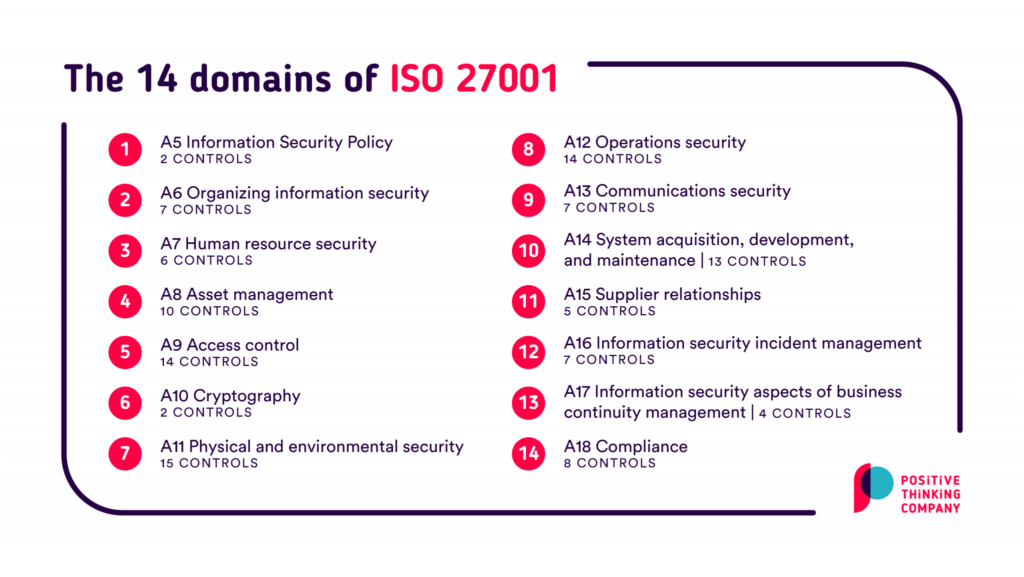ISO 27001 is a globally recognized standard for the establishment, implementation, maintenance, and continual improvement of an Information Security Management System (ISMS). The implementation of ISO 27001 offers numerous benefits such as improved security, compliance with legal requirements, and enhanced business reputation.
Implementation Guidelines

1. Understanding the Organization’s Context: The first step involves understanding the organization’s internal and external context. This includes understanding the needs and expectations of interested parties, the scope of the ISMS, and the information security risk assessment process.
2. Leadership and Commitment: Top management must demonstrate leadership and commitment to the ISMS. They should establish an information security policy, ensure the ISMS achieves its intended outcomes, and allocate necessary resources.
3. Planning: This involves setting information security objectives and planning actions to address risks and opportunities. The organization should also plan how to integrate these actions into its processes.
4. Support: The organization must ensure that competent personnel are available to implement the ISMS. It should also raise awareness about the ISMS and communicate relevant information security issues.
5. Operation: This involves executing the plans and processes that are the core of the ISMS. The organization should also evaluate the effectiveness of these processes and take corrective actions if necessary.
6. Performance Evaluation: The organization should monitor, measure, analyze, and evaluate its information security performance. It should also conduct internal audits at planned intervals.
7. Improvement: The organization should continually improve the suitability, adequacy, and effectiveness of the ISMS. It should take corrective actions when nonconformities are identified.
Just for you to understand that there are few mandatory documents (ISO/IEC 27001: 2022) that’s required to pass the audit, and they are:
| Mandatory documents | ISO 27001 Clause/Annex | Required Records | ISO 27001 Clause/Annex |
| Scope of the ISMS | Clause 4.3 | Records of training, skills, experience, and qualifications | Clause 7.2 |
| Information security policy | Clause 5.2 | Monitoring and measurement results | Clause 9.1 |
| Risk assessment and risk treatment process | Clause 6.1.2 | Internal audit program | Clause 9.2 |
| Statement of Applicability | Clause 6.1.3 | Results of internal audits | Clause 9.2 |
| Risk treatment plan | Clauses 6.1.3, 6.2, 8.3 | Results of the management review | Clause 9.3 |
| Information security objectives | Clause 6.2 | Results of corrective actions | Clause 10.2 |
| Risk assessment and treatment report | Clauses 8.2 and 8.3 | Logs of user activities, exceptions, and security events | Annex A 8.15 |
| Inventory of assets | Annex A 5.9 | ||
| Acceptable use of assets | Annex A 5.10 | ||
| Incident response procedure | Annex A 5.26 | ||
| Statutory, regulatory, and contractual requirements | Annex A 5.31 | ||
| Security operating procedures for IT management | Annex A 5.37 | ||
| Definition of security roles and responsibilities | Annex A 6.2, A 6.6 | ||
| Definition of security configurations | Annex A 8.9 | ||
| Secure system engineering principles | Annex A 8.27 |
Non-mandatory Documents
The non-mandatory documents are not critical but are demand-driven and good-to-have. These may be required as per specific nature and risk-profile of an organization which may or may not correlate to the mandatory documentation.
| Non-Mandatory documents | ISO 27001 Clause/Annex |
| Procedure for document control | Clause 7.5, Annex A 5.33 |
| Controls for managing records | Clause 7.5, Annex A 5.33 |
| Procedure for internal audit | Clause 9.2 |
| Procedure for corrective action | Clause 10.2 |
| Bring your own device (BYOD) policy | Annex A 7.8, 8.1 |
| Mobile device and teleworking policy | Annex A 6.7, 7.8, 7.9, 8.1 |
| Information classification policy | Annex A 5.10, 5.12, 5.13 |
| Password policy | Annex A 5.16, 5.17, 8.5 |
| Disposal and destruction policy | Annex A 7.10, 7.14, 8.10 |
| Procedures for working in secure areas | Annex A 7.4, 7.6 |
| Clear desk and clear screen policy | Annex A 7.7 |
| Change management policy | Annex A 8.32 |
| Backup policy | Annex A 8.13 |
| Information transfer policy | Annex A 5.14 |
| Access control policy | Annex A 5.15 |
| Supplier security policy | Annex A.5.19, A.5.21, A.5.22, A.5.23 |
| Disaster recovery plan | Annex A.5.29, A.5.30, A.8.14 |
| Encryption policy | Annex A 8.24 |
Implementing ISO 27001 can be a complex process, but with careful planning, clear objectives, and strong leadership, organizations can successfully establish an effective ISMS. This not only ensures the security of information assets but also enhances the organization’s reputation and credibility.
Please note that this is a simplified overview and actual implementation may require more detailed planning and resources. It’s recommended to seek professional advice or training for a comprehensive understanding of ISO 27001 implementation.
Download: ISO/IEC 27001 Toolkit